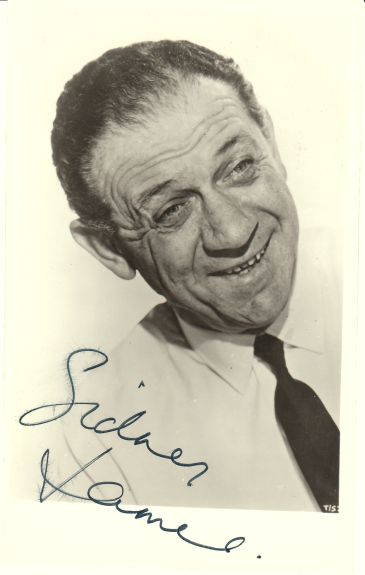
Bullseye was a popular television game show first made for the ITV network by ATV in 1981 and Central from 1982 until 1995, and hosted by Jim Bowen. The show originally aired on Monday nights in the first series, it was then moved to Sunday nights from 1982 to 1993 where it was watched by around 17 million viewers in its Sunday evening slot. It was then moved from its traditional Sunday nights to Saturday afternoons. After an eleven-year hiatus, Bullseye was revived and a new series was recorded for the satellite channel Challenge, produced by Granada at Yorkshire Television in the Leeds Studios and was hosted by Dave Spikey.



Centred around the game of Darts, the show placed three pairs of contestants (each team with one person to answer questions and one darts player) against one another to win prizes ranging from a new Car, a Speed Boat, a Caravan, or a luxury holiday, to the consolation prizes of a set of darts, a tankard (silver goblet for lady contestants) and a 'Bendy Bully', a rubber model of the show's mascot.
From Series 2 til the show's end, the show was co-hosted by professional darts commentator Tony Green.












Bully's Prize Board
In this round the final pair were faced with a large prize board containing large black segments, smaller red segments and a large red bullseye. They threw nine darts (three for the non-dart player and six for the dart player) and won a prize for each red segment they hit (however, if they hit an already-hit red segment again, the prize was lost - hence the catchphrase "Keep out of the black, and in the red; there's nothing in this game for two in a bed"). However, in special charity episodes, contestants did win the prize twice. The bullseye represented 'Bully's Special Prize'.
The prize board has become the butt of jokes since the programme's original demise because of the perceived poor quality of prizes on offer, but it should be pointed out that for most of the programme's original run prize values were restricted by the Independent Broadcasting Authority. Although some prizes (such as a remote-controlled toy car or legendary "TV with wired remote control") were laughed at by the studio audience even then, smaller prizes were taken for granted at the time, and they seemed relatively lavish compared to those on offer in BBC game shows such as Blankety Blank. In a recent episode, Bully's Special Prize was a fully-functional Bullseye Fruit Machine, quite possibly the most valuable prize in the show's history not to be the mystery Star Prize - however the contestants promptly lost it after doing badly in the final round.
During series 1, the black segments were green.
In the 1991 Christmas special of the show Dennis Priestley and John McCririck playing as a professional darts player / celebrity guest combination managed a 100% record with their nine collective darts taking out all eight main prizes and Bully's special prize, all of which went to nominated charities across the UK.









If the couple who took part in Bully's Prize Board refused to gamble (inevitably ducking out claiming that they'd already had a "smashing day, Jim" and would like "to give the others a chance"), the second-placed couple from the second round was asked to gamble their money. If the second couple declined, the third couple was asked. On the rare occasions that no couple took up the gamble, the Star Prize was revealed and the show ended. The Star Prize was usually a holiday (especially in later series), a car, a caravan or a speedboat. Sometimes in the earlier series, less lavish Star Prizes (fitted Kitchens and the like) were given away so as to fit within the IBA's prize limits.


Insanely comprehensive :)
ReplyDeleteThank you so much,
Now I have something to read during the holidays. This will take a while but well worth it like always
You can read another one here Thebestpickers